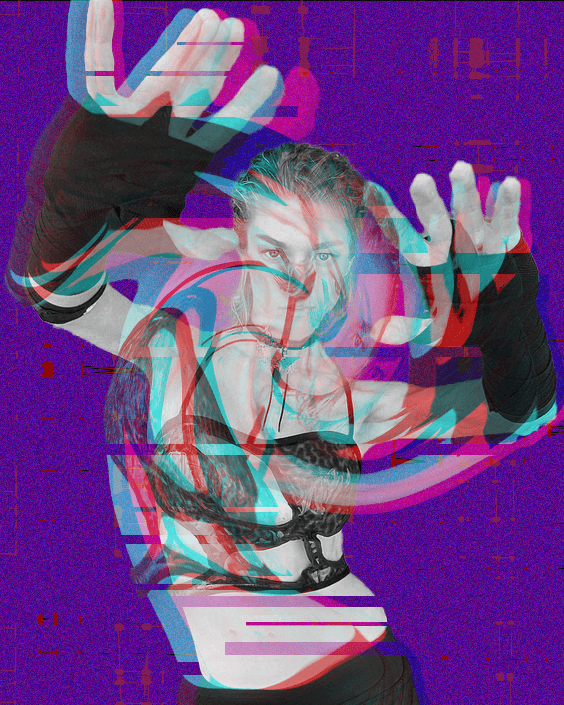Break the Internet: The Rising Popularity of Glitch Art
What is glitch art? How did it start, and what does it mean? Let’s find out together.
No, you’re not seeing things, and your screen isn’t broken. It’s just a style of digital art: Glitch Art.

Glitch Art is becoming increasingly popular and common in the design world lately, even though it’s been around for fifty years.
And while it might look like a mistake, we predict it’s going to be sticking around for a while. Digital culture is taking over everything, and that includes the art world. Enter Glitch Art.
In the age of technology, using coding to morph an image into an aesthetically pleasing error-ridden form of itself is one of the coolest types of digital art we’ve seen.
In this article, we’ll explain what Glitch Art is, the history of the movement, and give you some design tips on creating your own glitch art design.
What is Glitch Art
Glitch Art is a visual style that is distinctive in its use of artistically curated digital distortions.
These intentional errors create a unique and futuristic design style.
A glitch is a short-term, accidental error in a system. Glitches are common in the world of technology.
Normally, these brief interruptions to our films or video games are annoying interruptions that quickly solve themselves and disappear from the screen. Glitch Art is the exploration of what it looks like when those glitches don’t self-correct.
Glitch Art was actually created by accident. And, when you first see a work of Glitch Art, you might think the image file was saved incorrectly, but it is actually a curated piece of digital art.
It’s crazy to think that an accidental distortion caused by a digital crash led to an entire genre of modern art. The bold distortions and haphazard nature of Glitch Art are what make it so subversive and distinct.
This playful nod to digital culture is precisely the kind of thing that you wouldn’t expect to see in an art gallery, and for that very reason, it is popular today.
The term glitch art doesn’t just encompass static digital art but music and visual art as well. This abstract form of art can even combine all three mediums for a truly mind-bending experience.
Characteristics of glitch art include pixelation, light leaks, double exposure, noise and grain, and color degradation. Let’s chat about what each of these terms means.
Pixelation
Displaying a bitmap at such a large size that individual pixels are visible, making the image appear blurry.
Light Leaks
Causing a hole or gap in the body of a camera allowing light to “leak” into the image, resulting in lens flare and washed-out areas.
Double Exposure
The (typically accidental) superimposition of two exposures over each other, creating a single layered image.
Noise and Grain
The appearance of texture in film due to small particles being present in an image, leading to a grainy or poor messy quality.
Color Degradation
The degradation of color quality in an image, either naturally over time or due to damage from the sun or exposure to elements.
All of these are examples of how photography or digital art can go wrong, but Glitch Artists use these “mistakes” to their advantage to create unique and distinct art.
Before we go any further, let’s dig into the history of Glitch Art.